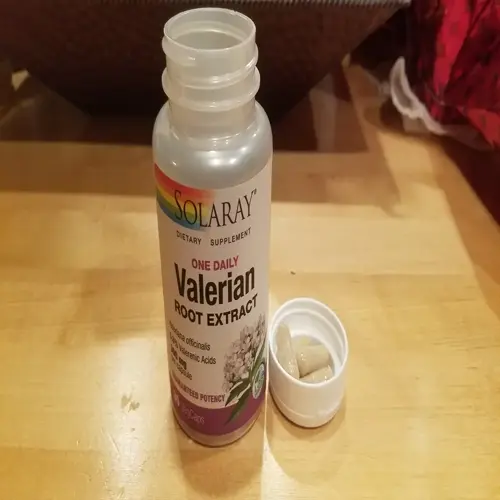How does aquatic therapy compare to land exercise?

Written by
Leilani Ibeh
Reviewed by
Prof. Benjamin Murphy, Ph.D.Aquatic therapy and land-based exercise are two distinct approaches to therapy, each with its unique advantages. Water provides a natural way to unload the joints through buoyancy, and it also allows for three-dimensional resistance during exercise. Land exercises offer higher-impact options to achieve specific strength levels, tailored to individual needs. Understanding the differences allows for a better fit for the type of therapies that are needed.
Joint Impact
- Water reduces joint stress by 90% during immersion
- Land activities create full weight-bearing impact
- Aquatic therapy prevents cartilage wear during movement
Resistance Type
- Water provides 360-degree resistance in all directions
- Land resistance typically occurs in linear planes
- Variable water resistance builds balanced strength
Injury Risk
- Aquatic therapy has minimal fall and impact risks
- Land exercises carry higher injury potential
- Water supports safe rehabilitation progression
Rehabilitation Focus
- Water excels for post-injury recovery stages
- Land better for advanced strength development
- Therapists often combine both approaches strategically
The *3D Resistance* of water provides the body with a challenge that is different than the challenge afforded by land. Resistance is met when pushing in all directions, including forward, backward, and sideways. This creates balanced strength patterns that reduce your risk of injury. The resistance of water immediately matches the speed and power you apply.
Land-based activities offer critical high impact benefits for promoting bone density. High-impact activities, such as running or lifting weights, are effective at creating osteogenic stress. These programs maintain skeletal strength long-term. Land activities continue to be the optimal method for developing power and for sport-specific training.
Numerous rehabilitation programs successfully incorporate elements of both approaches. In many cases, the beginning stages of recovery will progress in the water to protect the joints. The emphasis will gradually shift to the land as the patient's strength improves. This stepwise approach achieves optimal healing while simultaneously building functional capacity. The therapist establishes the timing of the integration.
Consider your specific condition and goals when choosing. Aquatic therapy reduces pain during movement. Land exercises develop higher performance capacities. Both contribute uniquely to comprehensive fitness and recovery programs.
Read the full article: Understanding Aquatic Therapy Benefits

